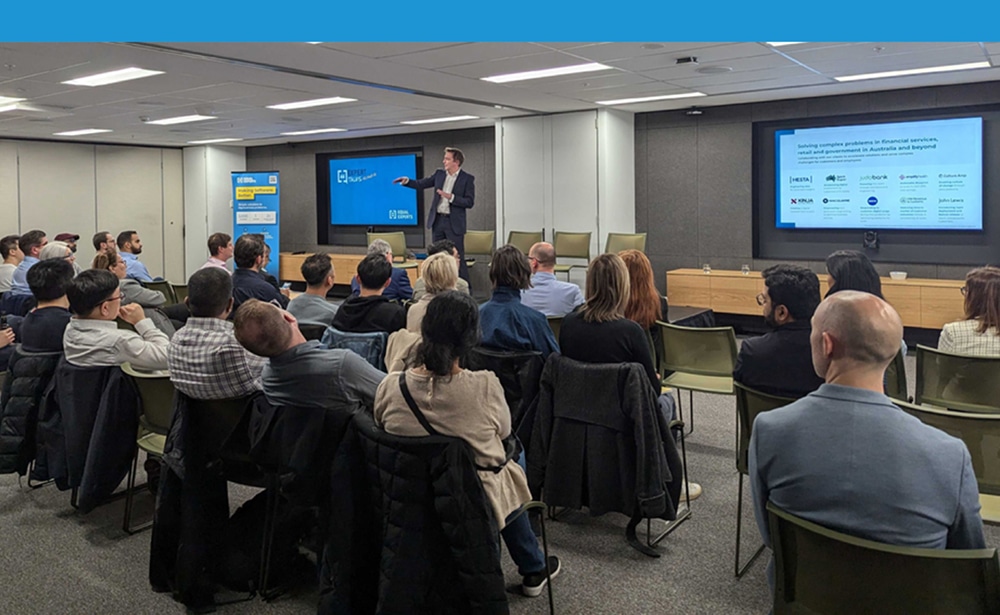There is no denying that we live in a data-driven world. From our online searches to our binge-watching and shopping habits, everything we do is being transformed into data points.
For finance and superannuation, data is a powerful resource. It can provide unparalleled insights to enhance services, improve member experiences and help funds stay competitive. However, to fully capitalise on this, funds need to be able to access, understand, and transform clean, accurate data.
After looking at optimising the cloud in our previous blog, this final blog looks at the fourth step in our digital transformation journey – how superannuation funds can engineer and optimise their data platforms to prepare for future challenges and opportunities.
Data in superannuation – moving beyond third-party platforms
Superannuation funds have traditionally relied on third-party data platforms to manage member data. While suitable for basic reporting and compliance purposes, these platforms don’t offer the flexibility and access needed for modern digital services and next-generation technologies like AI. To drive innovation and create value-adding digital services like personalised member journeys and advice, funds need real-time access to accurate, well-structured, usable data.
So how does a fund set about optimising their data platform? Here are our four key steps.
- Treat data as a product. To unlock the potential of data, funds should adopt a “data-as-a-product” mindset. This means treating data as a valuable resource that must be curated, maintained, and optimised for use, just like any other product. Delivering clean, high-quality, and accessible data is key to driving decisions that enhance services and fuel business growth. Find out more in our Data Products Playbook.
- Build strong data pipelines A common challenge for superfunds is managing large, unstructured homogeneous databases that don’t work harmoniously with each other or with insight-gathering tools. By establishing data pipelines, funds can ensure that data flows smoothly across the business and works across numerous dashboards, analytics tools or predictive AI models. Investing in reliable, automated data pipelines allows super funds to handle large amounts of data in real time and ensure the insights gleaned are based on up-to-date accurate information. Find out more in our Data Pipelines Playbook.
- Enable centralised access to data via a data lake Breaking down data silos and enabling secure, centralised access to a data lake is key to maximising the potential of data. Rather than data being held in disparate systems and only accessible by a select few, creating a data lake means teams across finance, customer service, and operations can access the information they need, when they need it, to drive better decision-making.
- Strengthen security and governance Security and compliance remain crucial, particularly in highly regulated industries like superannuation. Funds need to ensure member data is protected by embedding strict security controls and monitoring in data platforms. Using a pipeline approach can also help to minimise security risks by limiting the blast radius should an issue occur. Read about how we helped an Australian financial services organisation implement this approach and dramatically improve its data platform security.
Putting data into action with artificial intelligence
Superannuation funds that spend time optimising their data now will be able to maximise the effectiveness of next-generation technologies like AI sooner. It will enable them to create insight-driven innovations that drive better customer experiences and help differentiate themselves in a highly competitive environment
For example, AI can help reduce membership churn by automating and streamlining resource-heavy processes such as complaints handling. Our AI-enabled concept analyses unstructured data from multiple customer channels—calls, forms, and messages— and categorises and triages the complaints. It provides the complaint handler with an action plan for the next steps, a response template and a timeline, all based on Australian Financial Complaints Authority (AFCA) regulatory requirements.
With the potential to be implemented at a fund in just 12 weeks, it could transform the complaints process. It can support the fund in delivering better, faster responses that improve customer service and reduce the likelihood of a member deciding to leave the fund, all while maintaining regulatory compliance.
Data ready for the future
Engineering your data platform can be a tricky, time-consuming process, but with the right tools and expertise, it can be transformative for superannuation funds, and drive the next generation of AI technology.
Ready to engineer your data platform or want to see our AI complaints management concept in action? Contact us now or join us at the ASFA Conference in Sydney from November 19-21, 2024 for more digital transformation insights.




